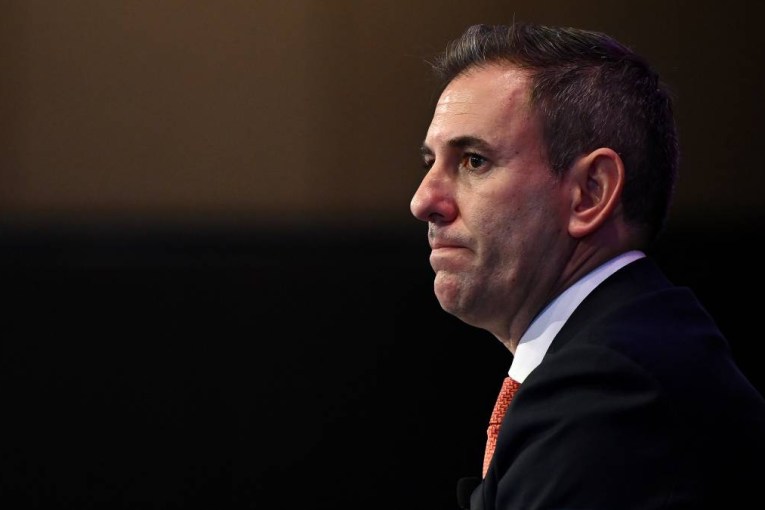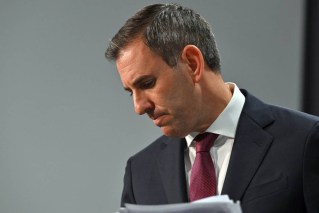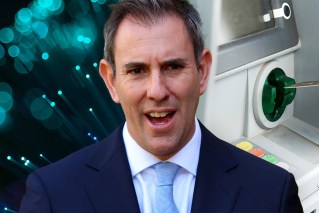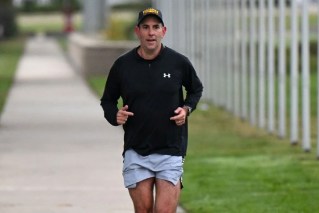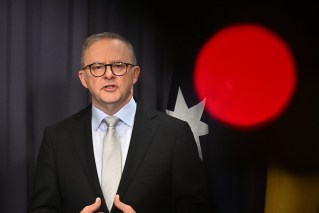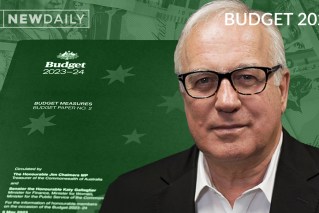Don’t be fooled by your tax cut – it’s not what the doctor ordered

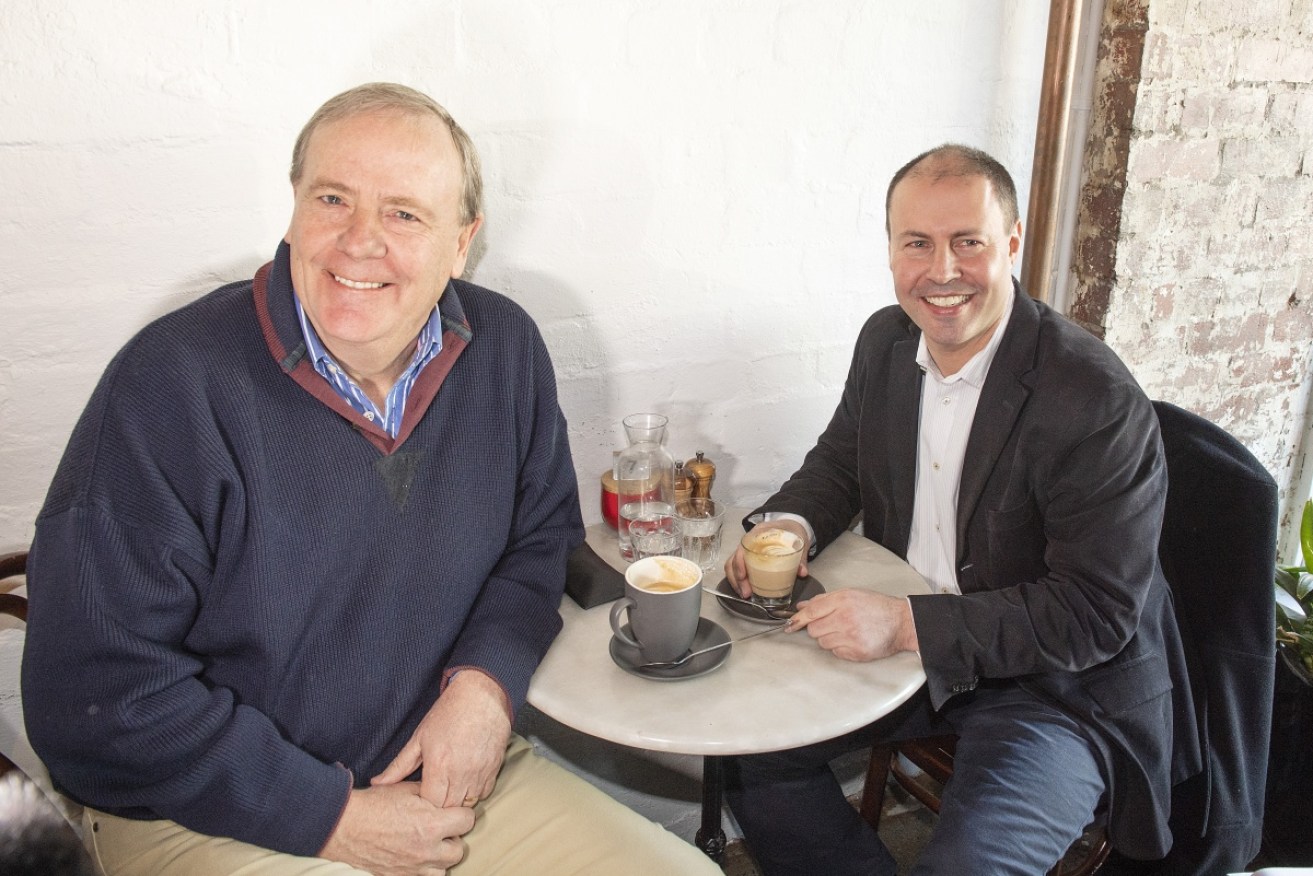
Josh Frydenberg will deliver his first budget ... and possibly his last. Photo: AAP
The average voter has no need to be grateful for the tax cuts that Treasurer Josh Frydenberg is set to announce on Tuesday.
As a form of economic medicine, the dose will be too small, is likely to be badly applied and is the wrong prescription anyway.
When the Reserve Bank steps well outside its area of responsibility – monetary policy – to highlight problems in the interaction of the tax system and wages growth, you know it’s serious.
That problem can’t be solved by fiddling with tax rates primarily aimed at the top few per cent of Australians.
As previously reported, merely bringing forward the long-range tax cuts then-treasurer Scott Morrison introduced last year will do effectively nothing for most workers.
In the unlikely event that they were implemented in full, someone on the median taxable income would be $540 a year better off.
Someone with a taxable income of $200,000 would receive an annual tax cut of $7225.
For such a well-paid person, it would be better than an immediate 7 per cent pay rise. (And that $200,000 is after whatever negative gearing/superannuation/salary packaging/family trust deductions and lurks that effective accountants can come up with.)
The philosophy behind the full suite of Morrison tax cuts – a radical flattening of Australia’s progressive income-tax scales – is yet more “trickle-down” economics.
What Australia needs now is a whack of “trickle-up”.
The evidence continues to mount.
Trend retail sales growth has slowed to just 0.1 per cent a month – less than our population growth, less than our inflation rate.
Monday’s NAB business conditions survey reported retail employment outlook had dropped into the negative by nearly 5 points – an indication of further job losses. Retail is Australia’s second-biggest employer.
NAB said the overall employment index indicated only that jobs growth would be enough to maintain the present unemployment rate – not reduce it.
That, in turn, would dash hopes of real after-tax wages growth.
Barring the unlikely event of Mr Morrison taking my gratuitous advice, the government has locked in an election course of tax-cut rhetoric with no complementary wages policy, relying instead on simplistic and dubious slogans about tax cuts making a strong economy.
What’s been happening in the real world is demonstrated by repeating this grossly simplified example: Someone with a taxable income of $60,000 presently has post-tax income of $49,053. If they get a 2 per cent pay rise, their pre-tax income goes up by $1200. But after tax, their take-home pay only increases by $810 – an increase of 1.65 per cent, less than the inflation rate.
Several years of real take-home wages going backwards have taken their inevitable toll on the average consumer’s ability to spend.
In a speech last week, RBA assistant governor Luci Ellis provided the economist’s version of that over-simplified example. (It’s much worse when you consider the complex interaction of government support payments.)
The RBA has been wrestling with why the economy is soft despite strong employment growth. Dr Ellis put some of the blame on the way tax drags down households’ disposable income.
“Despite the relatively weak picture for household income growth, the tax revenue collected from households has grown solidly in recent years,” she said.
“It’s normal for growth in tax revenue to outpace income growth a bit: That is how a progressive tax system works.”
However, tax revenue is outpacing income growth now by considerably more than “a bit”.
“In the past year, taxes paid by households increased by around 8 per cent, more than double the rate of growth in gross household income of 3.5 per cent,” Dr Ellis said.
That ratio of about two to one is not without precedent “but this effect has cumulated over time, so that the share of income that is paid in tax has been rising”.
An RBA graph shows the household tax-to-income ratio has risen back to about where it was in the middle of the last decade, before the big Howard and Rudd tax cuts and couple of full percentage points above the average of the Rudd/Gillard years.

Whatever the tax cuts might be for most workers on Tuesday night, they’ll only be going part of the way to making up for the bracket creep illustrated above.
It’s mainly that bracket creep, along with windfall profits from higher-than-expected iron ore and coal prices, that will allow Mr Frydenberg to forecast a budget surplus and promise tax cuts.
In the absence of decent wage increases, it won’t be enough to sustain solid economic growth.
And therein lies the key test of the first Frydenberg budget’s integrity: Will the budget be based on a credible wages-growth forecast – or whatever might sound acceptable to make optimistic numbers work for an election campaign?
